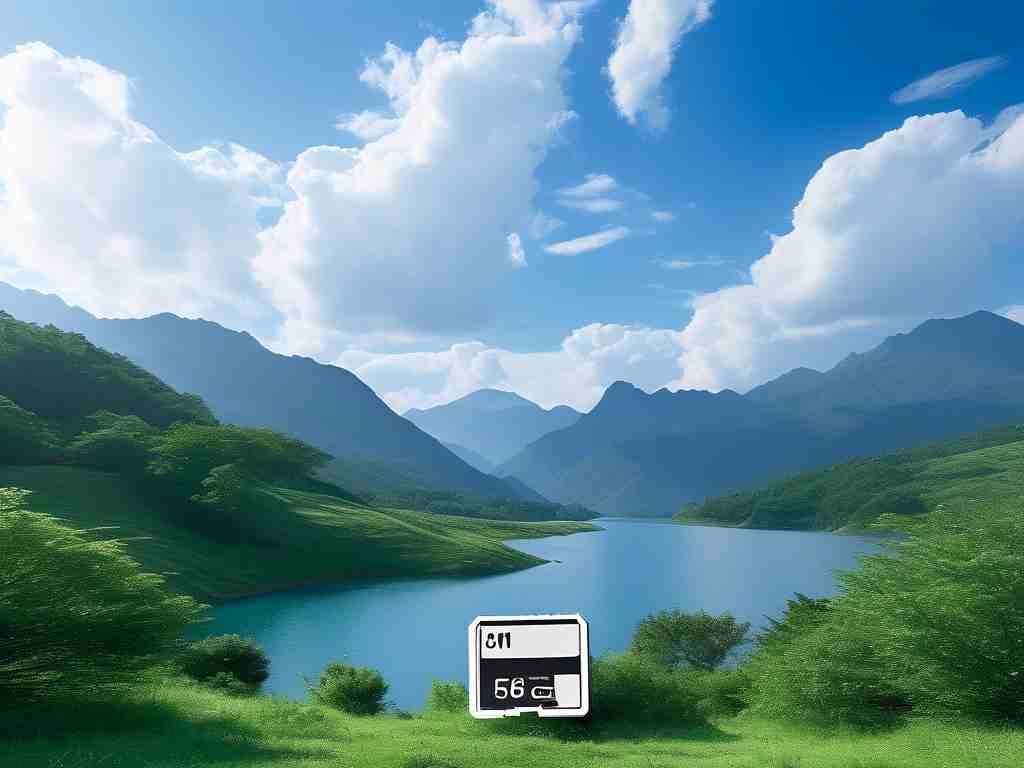Understanding how to calculate the storage time of a memory card is essential for photographers, videographers, and tech enthusiasts. This guide breaks down the key factors and formulas to estimate how long a memory card can retain data based on usage patterns, file types, and environmental conditions.

Key Factors Affecting Storage Time
Memory card storage duration depends on three primary variables: card capacity, data write/delete frequency, and environmental factors. While manufacturers often provide theoretical lifespans, real-world usage varies. For example, high-endurance cards designed for surveillance cameras handle frequent writes better than standard cards.
The Basic Formula
The foundational formula to estimate storage time is:
Total Storage Hours = (Card Capacity × Write Endurance Rating) ÷ Daily Data Written
- Card Capacity: Measured in gigabytes (GB) or terabytes (TB).
- Write Endurance Rating: Expressed as terabytes written (TBW), found in technical specifications.
- Daily Data Written: Average data saved per day (e.g., 50GB for 4K video recording).
For instance, a 256GB card with a 400 TBW rating used for 100GB daily writes would last:
(256GB × 400,000GB) ÷ (100GB/day × 365 days) ≈ 28 years.
This simplified calculation ignores environmental wear, making it a theoretical maximum.
Advanced Adjustments
Environmental factors like temperature, humidity, and physical shocks reduce practical lifespan. A modified formula incorporating these variables might include:
Adjusted Storage Time = Total Storage Hours × Degradation Factor
The degradation factor (0.1–0.9) accounts for harsh conditions. Industrial applications in extreme environments might use 0.3, reducing the earlier example to ~8.4 years.
File Type Considerations
Different file formats impact storage longevity. RAW photos (25MB each) and 4K video (500MB/minute) consume capacity faster than compressed JPEGs or 1080p footage. Adjust calculations by estimating average file sizes. A wildlife photographer shooting 1,000 RAW daily would fill a 256GB card in 10 days, while a casual user storing JPEGs might take months.
Monitoring Tools and Best Practices
Use built-in tools like SD Card Monitor or third-party apps to track write cycles. Format cards regularly in-camera to maintain file system integrity, and avoid filling beyond 90% capacity to prevent write errors. For critical projects, rotate multiple cards to distribute wear.
Case Study: Action Camera Usage
A GoPro Hero 12 user recording 5.3K/60fps video (1.2GB per minute) with a 512GB card:
Daily usage: 3 hours = 216GB
Total writes before failure (600 TBW rating):
(512GB × 600,000GB) ÷ 216GB/day ≈ 1,422 days (3.9 years).
This assumes ideal conditions—actual results may vary by 20–40%.
While formulas provide estimates, real-world memory card longevity requires balancing technical specs with usage habits. Always purchase cards with endurance ratings matching your workflow and replace them proactively to avoid data loss.









